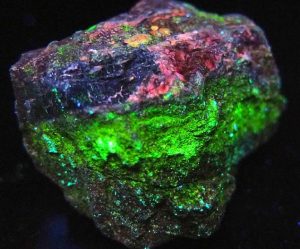Uranium Toxicity and Hair Testing
Order a Hair Tissue Mineral Analysis – Hair Test Here
Uranium Toxicity Exposures
The majority of adverse health outcomes related to uranium exposure have been observed in uranium mine, mill, and fabrication workers. Uranium exposure and health issues are based observed effects in people and in animal studies. It is not known whether exposure to uranium affects children differently. Very young animals absorb more uranium than adults do when fed uranium, but we do not know if this happens in children.
Disorders Associated With Uranium Toxicity
Exposure to uranium can result in both chemical and radiological toxicity. Uranium toxicity can be caused by breathing air containing uranium dusts or by eating substances containing uranium, which then enters the bloodstream. Once in the bloodstream, the uranium compounds are filtered by the kidneys, where they can cause damage to the kidney cells. Very high uranium intakes that range from about 50 to 150 mg, depending on the person can cause acute kidney failure and death. At lower intake levels of around 25 to 40 mg, damage can be detected by the presence of protein and dead cells in the urine, but there are no other symptoms. At lower intake levels, the kidneys repair themselves over a period of several weeks after the uranium exposure has stopped.
Health conditions associated with uranium toxicity include:
- hair loss
- diabetes
- developmental issues
- blood sugar imbalances
- cancer
- emphysema
- fibrosis
- nephrotoxicity
- kidney toxicity
- pulmonary failure from inhalation exposure.
- renal failure from from oral or inhaled exposure
- reproductive issues


